Clean Label Trends
There is no standard definition of Clean Label (much like natural but at an earlier stage) but in short, you can think of Clean Label foods as minimally processed, containing no artificial colors, flavors, preservatives or anything else consumers cannot pronounce or don’t understand why it's in their food. A Clean Label food has a relatively short ingredient list (somewhere between 7-10 seems to be a reasonable cutoff). Other taboos for Clean Label often include GMOs, antibiotics, and hormones.
Although there is general agreement that Clean Label is real and not going away soon, there is little consensus on what to do about it. There is the “Scientist” view that believes consumers need to use their critical thinking skills and make better scientific judgements when making their food purchases. Prepare in advance by reading up on the latest science about what’s safe and nutritious, keeping in mind that scientific consensus is developed over many years of scientific study. Somehow, this doesn't seem likely in the world of multi-tasking people consuming information 140 characters at a time, but in the processed food industry, you can imagine this school of thought has supporters.
Another view is that the the industry should start renaming ingredients on the labels, changing from scientific names to fanciful names that won’t frighten consumers. For example, one could relabel Xanthan Gum to a Natural Thickening Ingredient. This approach may have some merit but you can imagine if taken to the extreme, you might end up with relabeling such as:
“Enriched Wheat Flour, Corn Syrup, Baking Soda, Monocalcium Phosphate, Sodium Aluminum Phosphate, Cocoa processed with Alkali, Corn Starch, Modified Corn Starch, Partially Hydrogenated Soybean Oil,Propylene Glycol, Mono and Diesters of Fatty Acids, Sodium Stearoyl Lactylate, Cellulose Gum, Xanthan Gum, Sodium Benzoate Red 40, and Artificial Flavor”
becomes
“Wheat Flour, Sugar, and ingredients for Leavening, Thickening, Coloring, Preserving and Flavoring"
This approach may satisfy some consumer’s desire for simpler food labels, but the lack of transparency may lead to further lack of trust when some consumers realize what is actually in their cake mix.
The takeaway from industry discussions is that consumer opinion is very individualized and evolving. As marketers, we like to segment these opinions into groups sharing common beliefs, but the segments are far from homogeneous at this stage. Utilizing natural high quality ingredients and minimal processing, bioVONTAGE ingredients harness the power of natural fermentation to help you maintain the flavor and quliatity of your foods, giving you the options you need to compete in the evolving clean label market.
